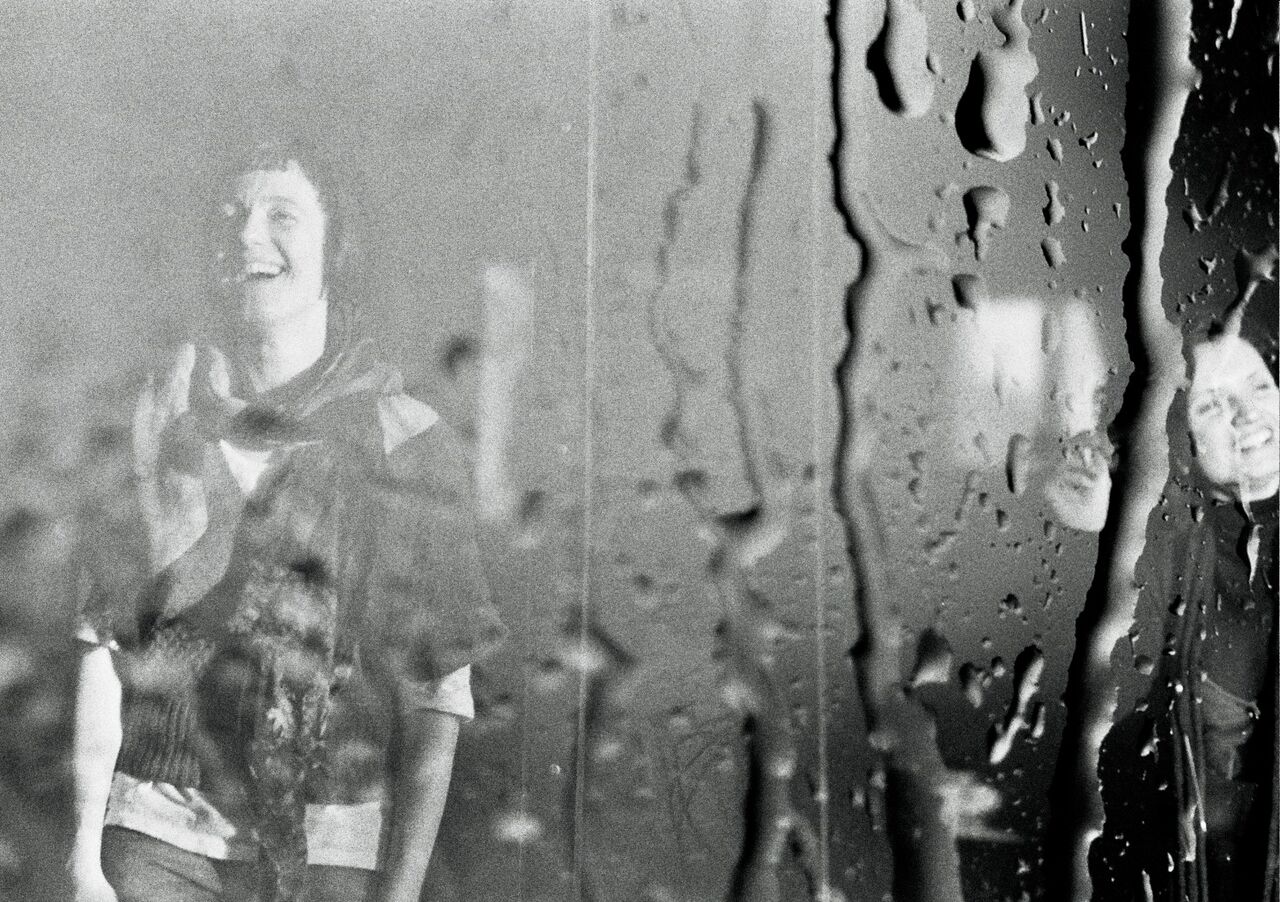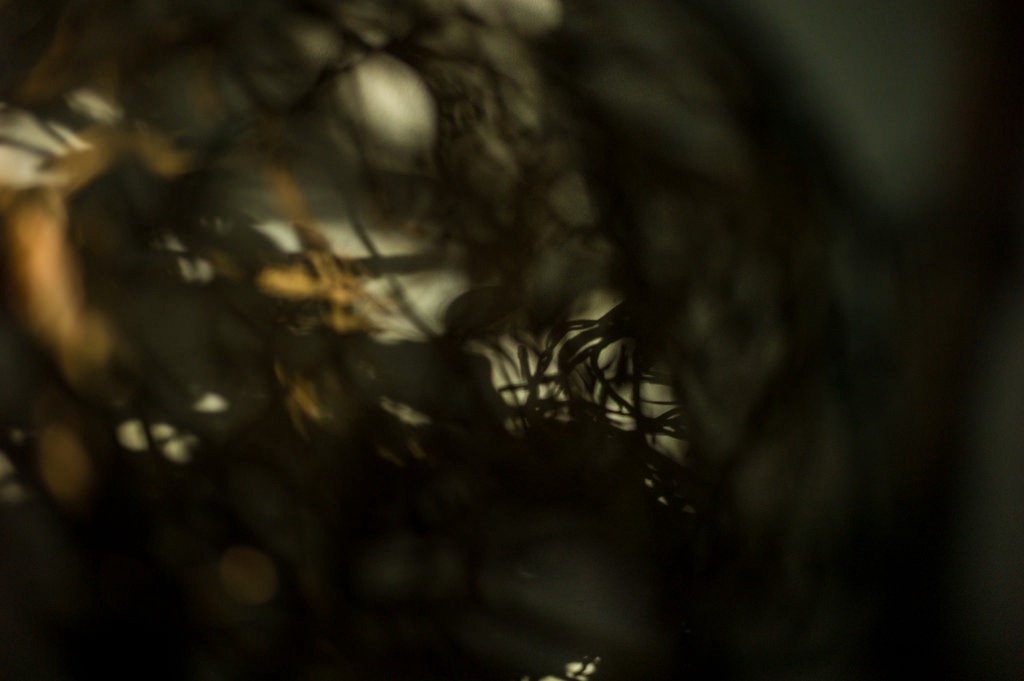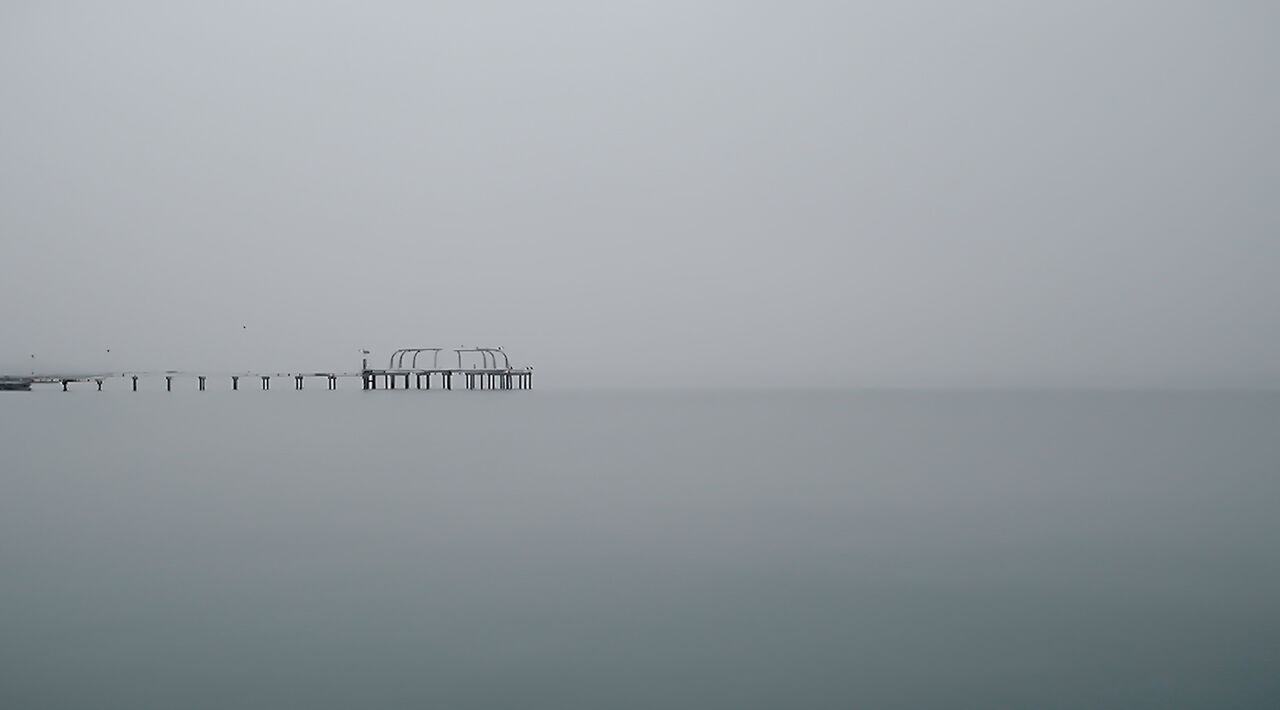Traversing Transitions
On navigating the liminal and the in-between.
Including excerpts from Thriving in Uncertainty, Dwelling in Liminality, Plotting a Path, and transients' diaries by Rasa Alksnyte, Alkan Chipperfield, Nik Gaffney, Maja Kuzmanović & Barbara Raes.

Responding to the needs of our community, FoAM in Brussels experimented with alternative residency formats, including micro-residencies, intergenerational residencies, and macro-transiencies. Macro-transiencies (or transiencies, for short) were long-form residencies for people undergoing a major transition in their work or life, such as illness, emigration, or a career change. We supported the participating transients in consciously engaging with their transition, for anywhere from six months to two years. Alongside financial support (something like a 'basic income') and infrastructure (workspaces, tools and materials, accommodation and subsistence), transients could call on FoAM's members for coaching, mentoring, futuring, co-creation, research, rituals, or regular friendly chats. Approaching the process as a rite of passage anchored both the transients and their guides, helping us navigate the in-between. During the first couple of years, we noticed that most transients experienced similar phases of transition, akin to the three stages in a rite of passage: separation, liminality, and incorporation.

I have found myself willing but completely unable to set a course based on any sort of map or plan. I continue to follow vapour trails in the sky: fleeting and ambiguous except for a recurring longing to reset: to constantly return to zero. As such it’s been a period of reflection; on what really interests and matters to me when the dust of (outer and inner) assumptions, expectations, counterreactions, illusions and delusions has quietened. I’d like to hope that through a process of oscillation between complements and contrasts, harmonics, contraries and counterpoints, I’ve been able to slowly acquire a certain perspective on things — however fragile and equivocal.

Transitions often begin with separation from a previous state (childhood, for example) and end with the incorporation of a new role (adulthood). In that old life I became an institution, a walking building. Suddenly, I find myself without that identity. There was always “Barbara comma title”. Now it is "Barbara comma nothing” —Barbara Raes Between these distinct states hovers a liminal phase, where what was previously 'normal' no longer exists, but it's not yet clear what might replace it, nor when. There is no clear path forward but also no way back. Transitions can last for a moment or take several years, unfolding at different speeds. The possibility of getting stuck in-between might sound intimidating to some, but there are ways to find anchors and signposts while manoeuvring through this murky time.

When I started the transiency of course I thought that by the end of it I would be flying. In reality I was like never before digging deep into the cold, wet and dark soil of my own personality. Stripping layer after layer of my habits, securities, friendships, comfort… Someone told me last week “wow, how did you manage to let go of things so easy”. Easy? Is there such thing as easy way to let go? Maybe letting go is something like a mud spa taking place not in a fancy sanatorium but somewhere rough and real? You have to go until you knees or even neck into the heavy swampy mud and then try to pull your heavy limbs one by one out of it. If you manage to reach the stage where you ask for a towel – congratulations: you are new you.
During first phase of a transition – the separation – it crucial to acknowledge (and even celebrate) the past. A eulogy for the past self, this can be painful, but it frees up energy to change or abandon behaviours that are no longer appropriate. And yet, old habits tend to linger...
Perhaps the astonishing changes of the past equip us to imagine that more lie ahead, and not to confuse the inability to imagine a future with the impossibility of having one.

In the liminal phase, a yearning for something new often co-exists with an attachment to the previous state. This can lead to confusion, insecurity, denial, apathy, frustration, anger, anxiety, depression – or all of the above. If transients don’t face these afflictive emotions, if they give up too quickly, they may prematurely revert to the previous state while mistaking it for something new. But trying to bypass the liminal can be equally problematic. They might find themselves somewhere new, but as their old self; approaching new situations with habits and behaviours that no longer work. They spin like a broken record, unable to re-integrate as the world changes around them.
Wait for it patiently—annihilation or metamorphosis.Marcus Aurelius, Meditations
The experience of liminality is rarely comfortable or straightforward, yet it is precisely this ambiguity that provides fertile ground for transformation. To avoid reverting to the way things have been before, or rushing to an easy but flawed resolution, liminality demands staying with the trouble. It calls for a recognition and acceptance of difficulty, inviting transients to become comfortable with not knowing. The Dance of Not-Knowing It encourages alert observation and experimentation, trying new things and seeding alternatives, without knowing what might take hold. Once the transition is complete, it will be too late. Behaviours solidify into habits, actions into conventions.
Slow oscillations in salience, shifts, gradual settling of dust. Expanding the 'day' to more easily make room for ereyesterday and overmorrow. Reduce reading about news or 'current events' and more generally shift from 'keeping on top of things' to 'descending into the depths of things'. Towards an increase in aimlessness, further reading, things in depth, focus of attention, expanding filter bubbles. Clarifying what constitutes 'optionality' and stochastic tinkering.

With no certainty about the right direction, everything transients do in the liminal phase can only start as a trial, a proposition, or an experiment. Question, observe, (inter)act, notice effects, adapt accordingly – keeping risks in mind, yet not being paralysed by fear. Navigating liminality is a spiralling, erratic motion of stopping and starting, slowing down and speeding up, until there is a pronounced state change, a new alignment with the surroundings. While each of us swims through the depths of liminality at our own pace, in many directions, we remain interdependent. In a life-changing transition, the recognition and support of a community is vital.
How to support a transient? With active and deep listening rather than advice, sympathy or sharing your own or others' experience. Being present, paying attention and holding space for the transients to move through the transition at their own pace. Offering to help with concrete tasks, but only if appropriate or specifically requested. Reflecting back and amplifying interesting opportunities, and exploring problems without jumping to resolve difficult situations. Marking occasions, celebrating transformations...
After being taken apart and reconfigured by a transition, it takes time, patience and effort to renegotiate the connections with one's surroundings. Though some disorientation is inevitable, the transient’s incorporation can be experienced as a renewed sense of belonging, ardour, flow, clarity – or even euphoria. Eventually the new situation settles and begins to feel 'normal' again. And then, if not sooner, another transition is likely to begin.

The last day the sky descended so low as to be indistinguishable from the sea, obliterating all colours into dark shades of grey. As the darkness grew, so I began turning inward. Many memories rose to the surface, with as many emotions in tow. I watched them play out, a syncopated movie in slow motion. The directionless flow punctuated by daily rituals, seasonal observances, intimate celebrations and subdued mournings. A melancholy sense of loss. The aftertaste of gratitude.
🍂